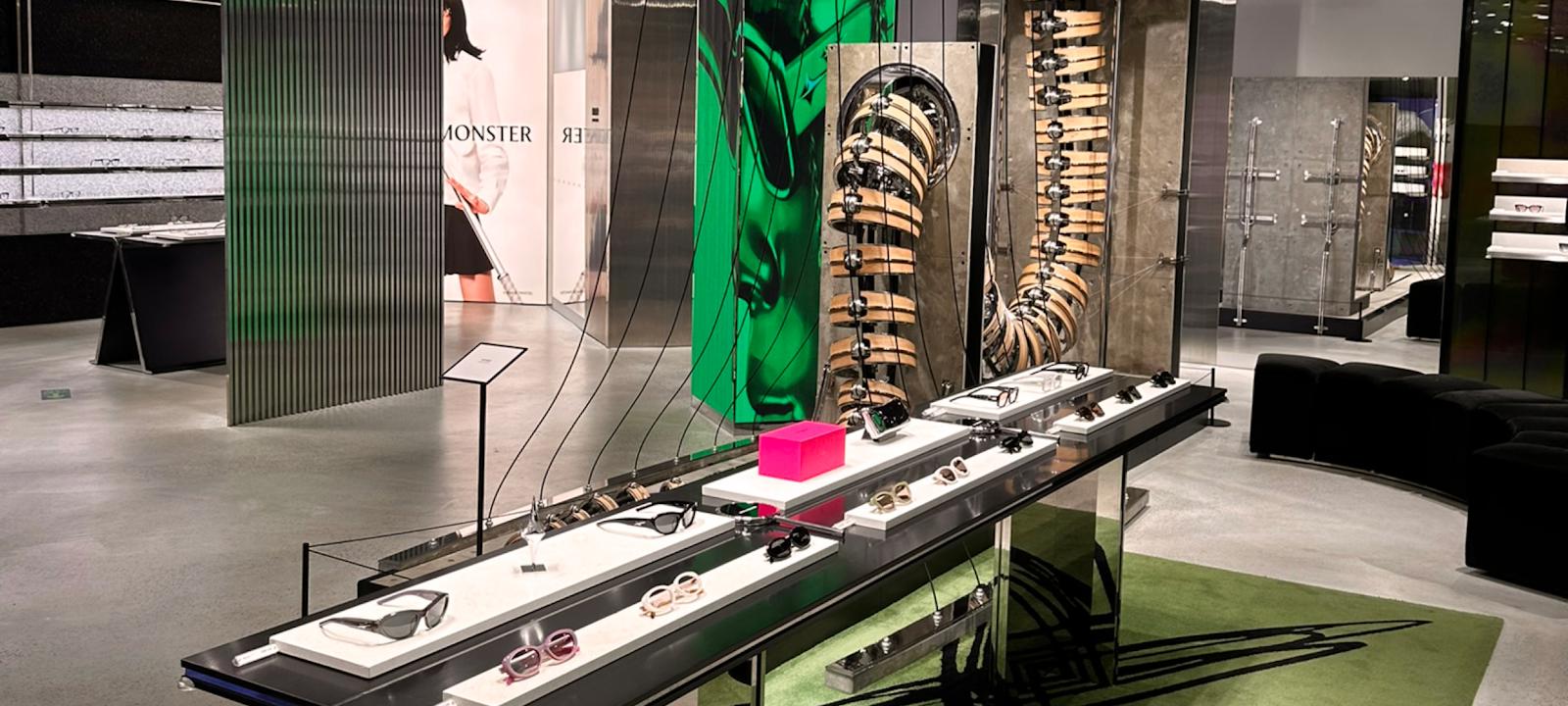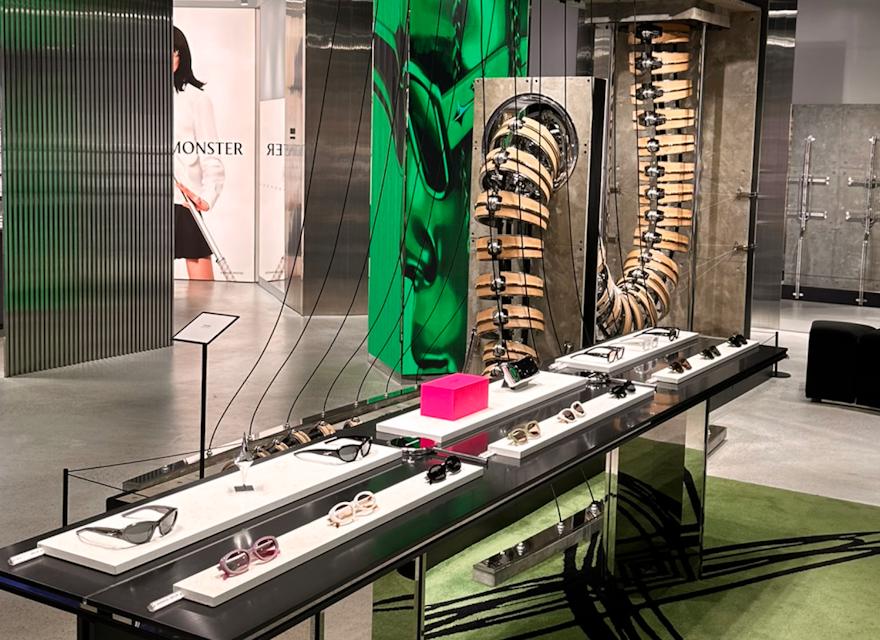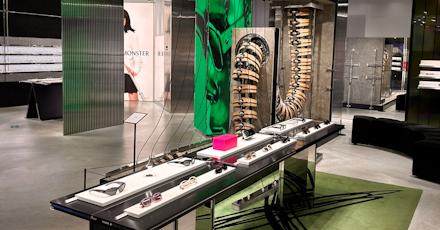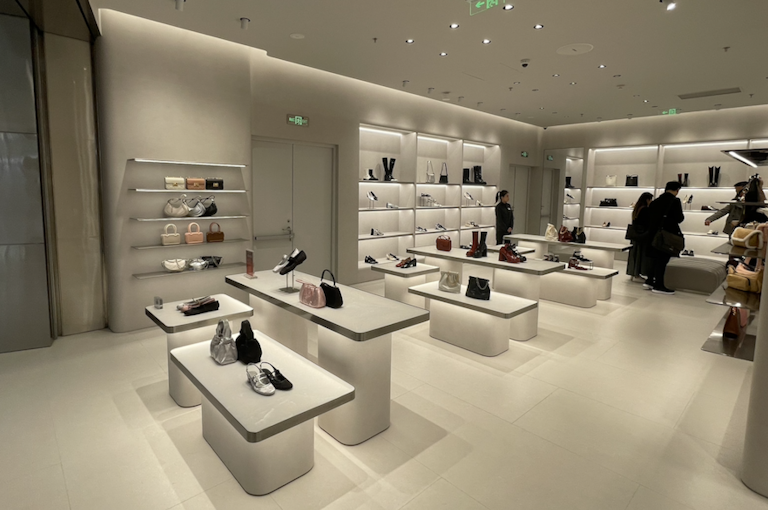Should we venture out into the Central Business District of Singapore alone, that shift in its Luxury Retail landscape is palpable. Once portraying a traditional form of opulence, such marketing is now replaced with a more ambitious front of its products and services, commanding consumers attention at every single turn thanks to the evolution of technology, where engagement trumps sales.
Who are Asian Consumers
The Asian consumer is a force to be reckoned with. Both stylish and tech-savvy, she represents the great phenomenon in the APAC region; an ever-growing bourgeois class where with a greater spending power, came a greater demand for more Retail therapy and more Luxury goods.
Why tech-savvy you may ask? The triumph of Southeast Asia’s Retail technology revolution can be attributed to several factors, including the convenience of ecommerce.
Digital Adoption:
-
Mobile commerce accounts for approximately 60% of Luxury ecommerce transactions in the region.
-
Mobile commerce (m-commerce) sales in the Asia-Pacific (APAC) region accounted for more than half of total ecommerce in 2022, with the exception of Japan, where it was 39%. In Southeast Asia, more than 70% of internet users shop via smartphones. Additionally, 77% of internet users in APAC between the ages of 16 and 64 buy products online using their mobile phones every week
Demographics:
-
Ecommerce platform apps are used by the majority of consumers across all major age groups. But usage is presently highest among consumers aged 34 and below – at over three-quarters – and lowest among older consumers aged 55 and above – at just over half.
-
Millennials and Gen Z constitute over 60% of the Luxury ecommerce market in APAC, with a strong preference for online shopping.
-
Women account for about 55% of Luxury ecommerce purchases, particularly in segments like fashion, jewelry, and beauty products.
Before the pandemic happened, around 30% of Luxury purchases were usually happening outside of the consumers’ home countries. There was not a lot of local consumption of Luxury. Because of that, many companies were catering to tourists rather than local consumers.
But that all changed in the wake of COVID-19. The first big shift for marketers is how to cater to local consumers who had higher purchasing power but nowhere to maximize due to travelling restrictions. Luxury marketers had to think about how to incentivize local clientele to spend in their markets, as opposed to planning their purchases for whenever they travelled.
To date, the APAC ecommerce market is the world's largest and is expected to grow at a compound annual growth rate (CAGR) of 10% from 2024 to 2029, reaching $6.76 trillion by the end of that period.
How can the Luxury market leverage this phenomenon? This article seeks to understand the Asian consumer, their expectations and what Luxury brands can do to meet those demands seamlessly through Retail innovation.
Asian market: A growth opportunity for brands
The APAC Luxury goods market is expected to grow at a CAGR of 3–4.06% from 2024–2029. In China alone, they are expected to play a key role in the market's growth, accounting for over 50% of total sales by 2027.
That unquenchable thirst for Luxury, however, also bred a new trend: personalization. According to Luxe’s survey in 2018, personalization and customization have become the most sought-after services among Chinese millennials, with 20% of the respondents wishing that stores can have designated areas for customization service.
This corresponds with a latest study conducted by KPMG and GS1. 45% of respondents surveyed preferred the omnichannel approach, while in a boost for physical-first retailers, relatively few respondents said they could live with only shopping online. Should the numbers be further analyzed, countries in the APAC region averaged more than 40% in their inclination towards an omnichannel approach when engaging in Retail. This suggests that a one-size-fits-all Retail strategy – if ever it made sense – is becoming less and less meaningful.
Coupled with the immense digital knowledge in the APAC region, this would only make these consumers more discerning in their customer journey, giving them more bargaining power in their demands on what warrants a brand worthy of their loyalty.
The shift of how to engage with Luxury consumers through digital channels is a main factor. Asian consumers are digital natives, compared to their Western counterparts. In technological adoption alone, China, Singapore and Korea are leaders in new tech adoption – surpassing the developed markets of Europe.
But now Southeast Asia is becoming much more important, especially with growth in markets like Indonesia, Thailand, Vietnam and recently the Philippines. According to a report by Mckinsey, these countries had an average GDP growth of 5.8% with trade performance seeing a positive trajectory. Moreover, Luxury brands are slowly opening stores there and tapping into those consumers who historically have always been the elite group of consumers that would travel.
Gen z, who have grown up in the digital age, and their maturing millennial counterparts, will be pivotal in reshaping the Retail landscape in the APAC. Being more discerning in their preferences, they are the group of consumers challenging established brands by engaging with smaller but more personalized Retail brands across the region. Thus, Retail must adapt to this rapidly changing demographic by offering a personalized and high-touch shopping experience, utilizing innovative technology and interacting with these consumers in genuine and relatable ways.
To gain a more in-depth insight into an Asian consumer’s behavioral loyalty, Valtech surveyed 50 customers for a Luxury client and gleaned insightful observations about their behavior and pain points within a customer’s journey when interacting with the brand.







